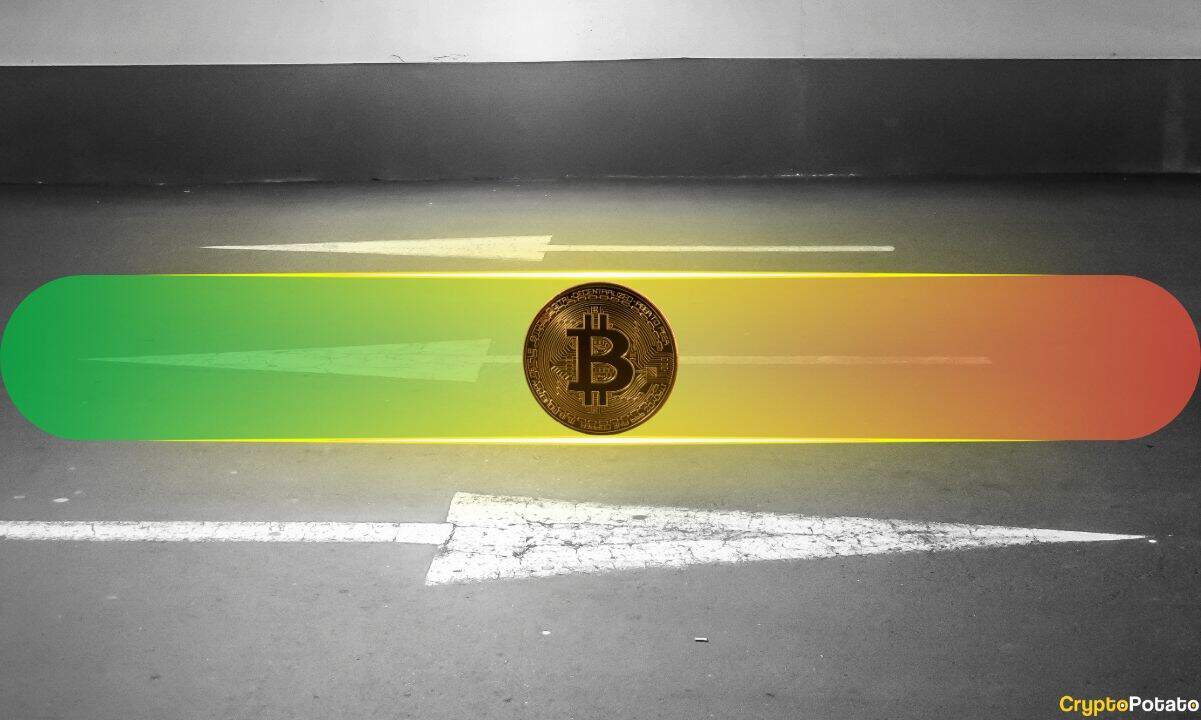
Key Points:
-
Solana held a support level of $140 for a week. This has been over two months and over a month, highlighting the increased confidence of traders.
-
Sol Futures Open Interest reached $5.755 billion on April 30, showing strong institutional interest.
-
With a rising DEX volume and a $9.5 billion TVL, Sol could make its appearance at $200 on October 10th before potential Spot ETF approvals.
Solana’s native token Sol (Sol), fell 4% between April 29th and April 30th, as it failed to maintain its $150 level. Despite this short-term decline, traders are even more confident as their $140 support continued for a week.
With demand for leveraged solvent positions near record highs on April 30th, traders are now rethinking the possibility of a Sol Rally of over $200.
Sol Futures Open Interest rose to Sol 40.5 million on April 30, a 5% increase from the previous month, marking the highest ever increase. In terms of dollars, this is equivalent to a $5.755 billion futures job, third in the cryptocurrency market, and more than 50% more than demand for XRP derivatives. This strong adoption of sol derivatives indicates a growing institutional interest.
Data shows an increase in demand for bearly leveraged SOL locations
Traders often believe that increasing demand for Sol Futures is indicating a rise in optimism. However, as long (buyers) and shorts (sellers) are always in line with each other, an increase in open interest does not necessarily indicate a bullish outlook. To better understand Sol Futures’ leverage demand, you can look at the financing rates of permanent contracts.
Currently, Sol Perpetual Futures’ funding rate is negative, indicating more demand for bearish positions. The final period of moderate optimism ended on April 25th after unsuccessful attempts to exceed $156. The lack of bullish leveraged positions could be part of Sol Sol’s 43% price gain in the three weeks between April 8th and April 29th.
SOL’s $200 goal may seem ambitious, but tokens were trading nearly $195 in mid-February, even after decentralized application volumes fell 80% from their January peak. Solana faces criticism of her reliance on memokine, but there’s more to the network than guessing new tokens.
Solana ranks second in Total Value Lock (TVL), with $9.5 billion in deposits including liquid staking, secured loans, automatic yield platforms and synthetic derivatives. Several Solana decentralized applications are the best fee-earnings, with Meteora collecting $19.1 million over seven days, followed by $18.6 million pumphun and $14.6 million jute.
The Solana Network controls the volume of distributed exchanges
Since April 14th, Ethereum’s average base tier trading fees have been below $0.65, but on Solana’s decentralized exchanges, trading volumes have increased by nearly 90%. Even including the entire Ethereum Layer-2 ecosystem, Solana has led the $21.6 billion decentralized exchange efforts over the past week.
Positive highlights of the Solana Network include an 87% increase in the amount of Raydium and a 58% increase in Meteora activity. So even if demand for bullish, leveraged positions remains flat, Sol’s prices could ultimately reflect improved on-chain metrics.
Related: Over 70 US crypto ETFs await SEC’s decision this year
From a transactional perspective, Sol also benefited from the possibility of approval of the US SolanaETF spot. Analysts believe the final deadline for the Securities and Exchange Commission decision is October 10th, with a 90% chance of approval. Still, Sol may meet for over $200 before this event. Because the network is well positioned to attract new retail investors.
This article is for general informational purposes and is not intended to be considered legal or investment advice, and should not be done. The views, thoughts and opinions expressed here are the authors alone and do not necessarily reflect or express Cointregraph’s views and opinions.









